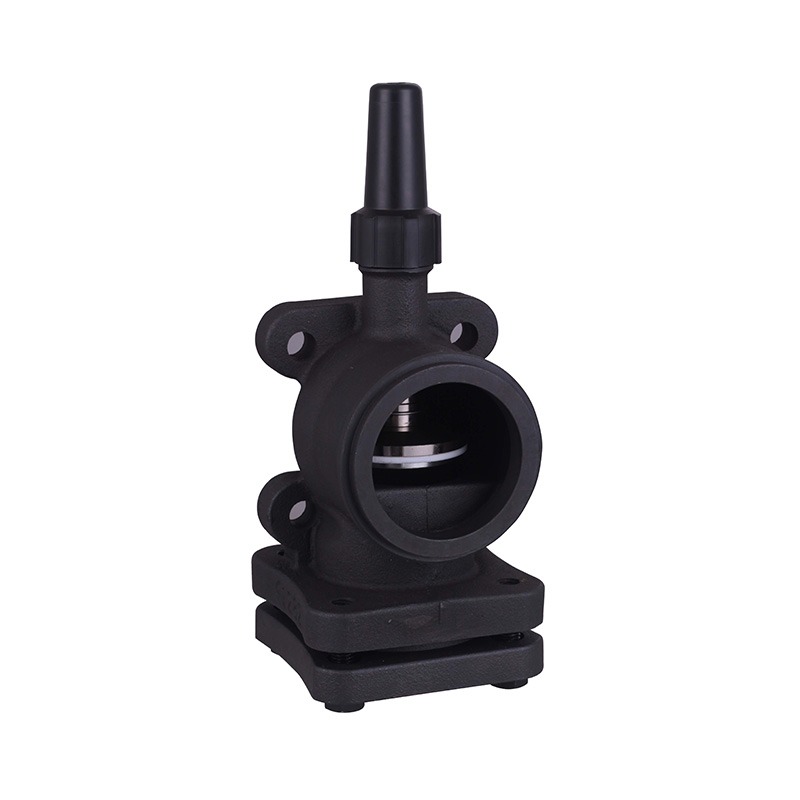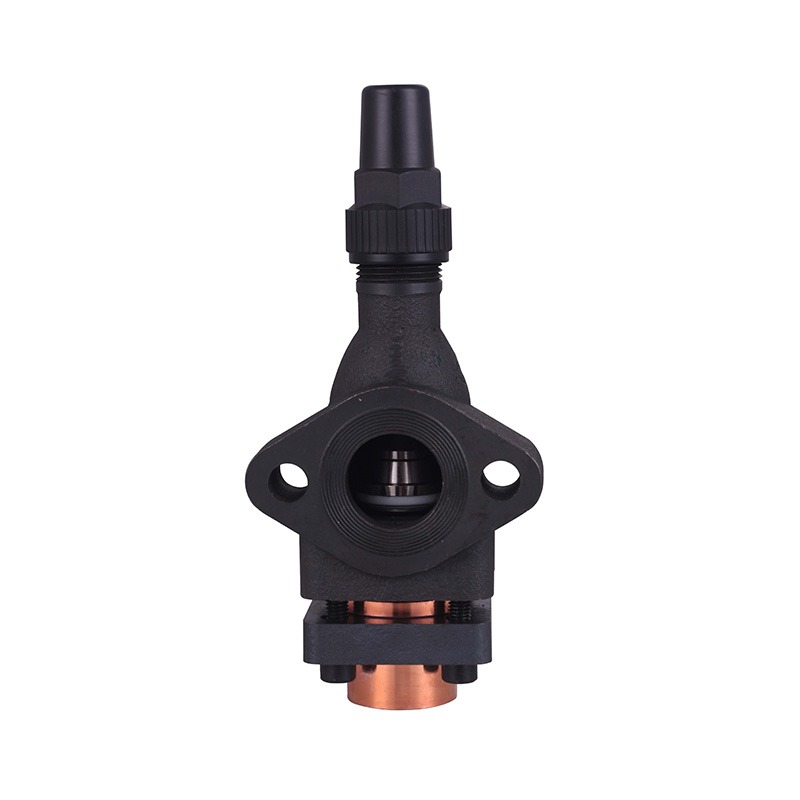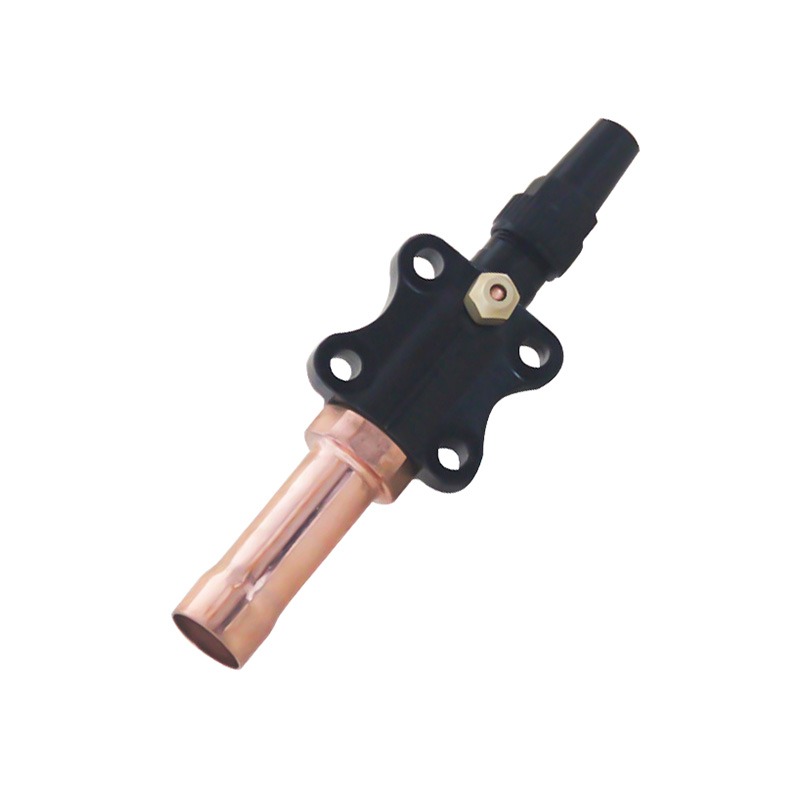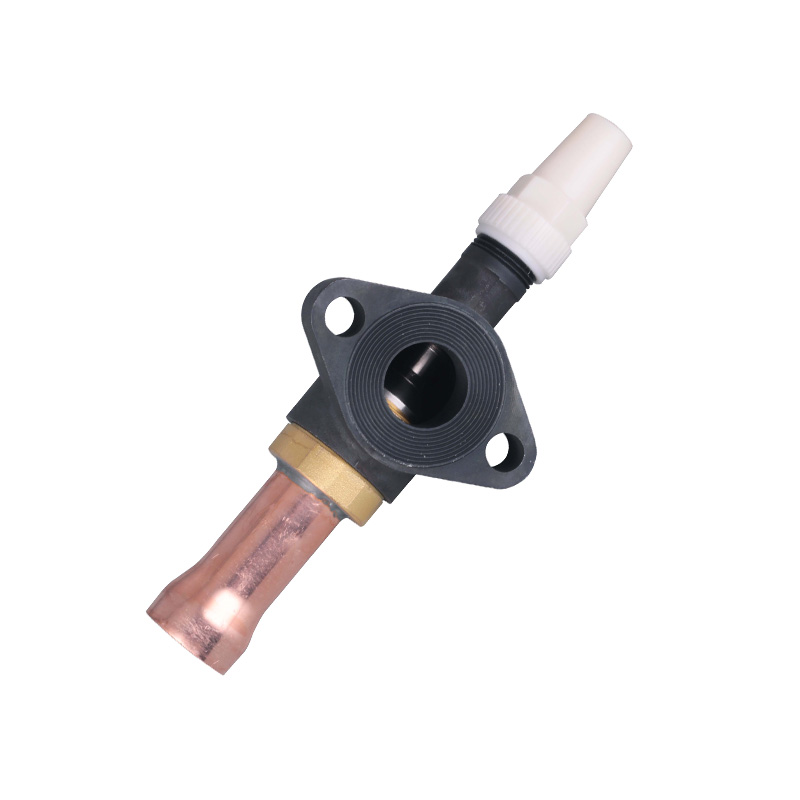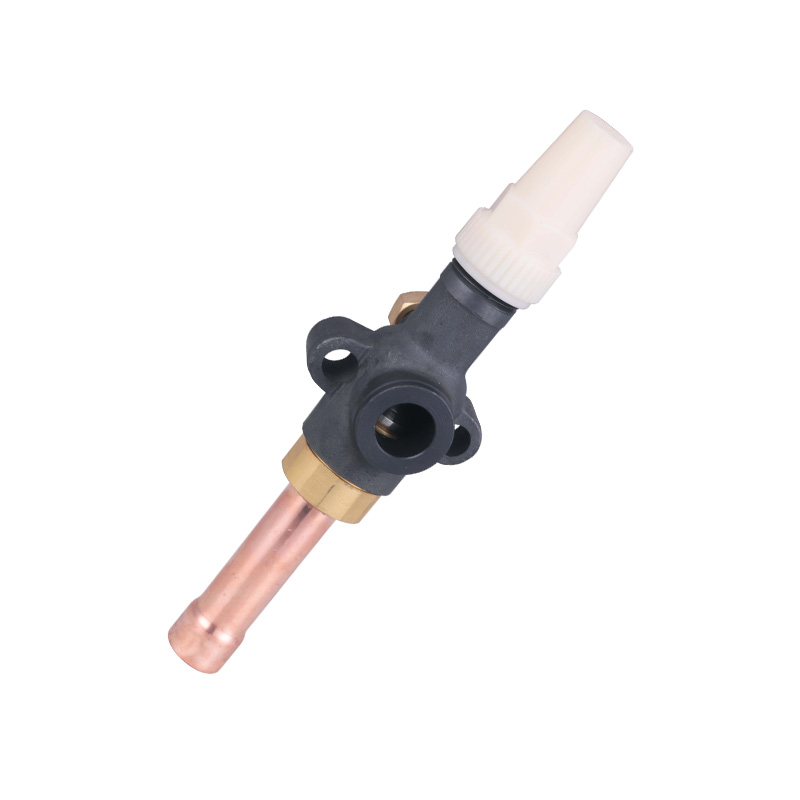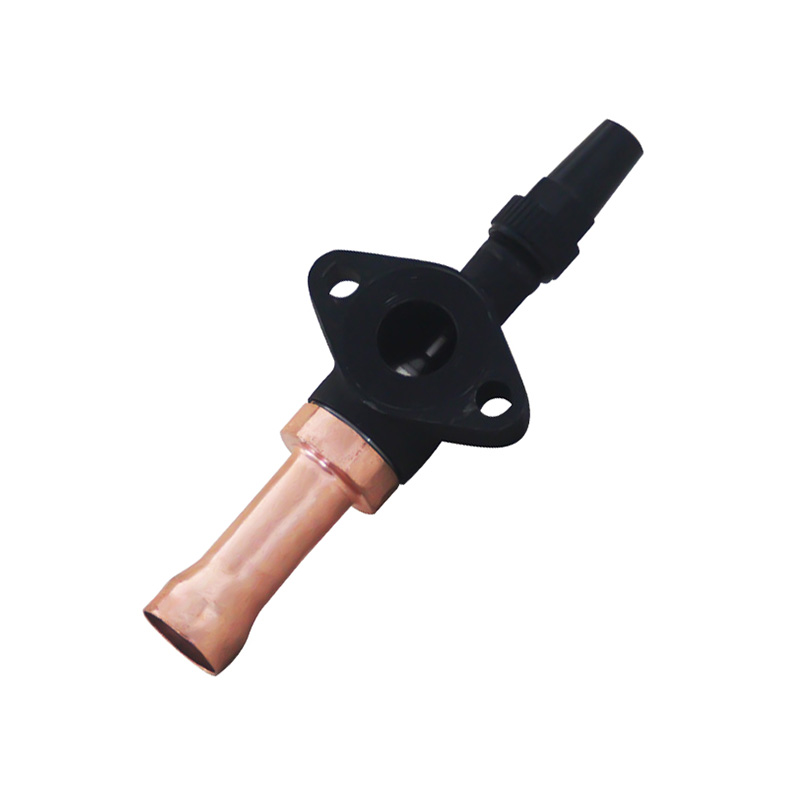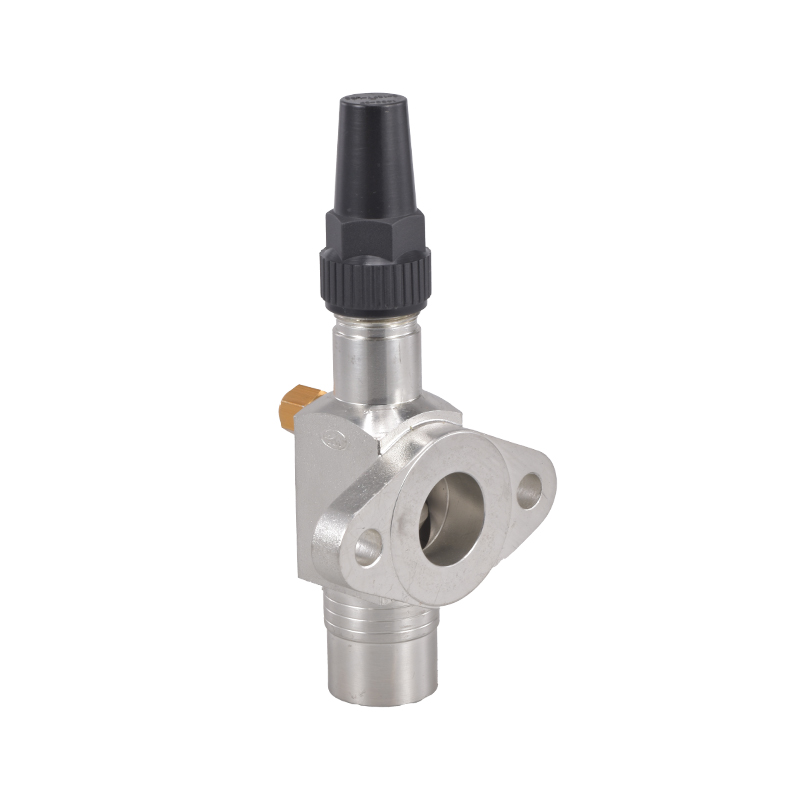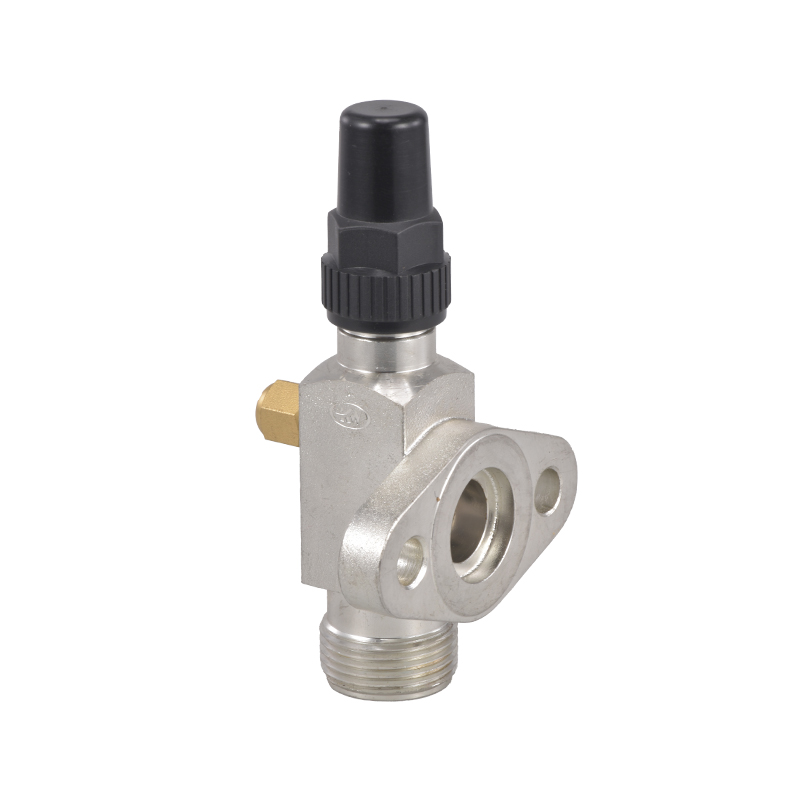How Does an HVAC Solenoid Valve Control Refrigerant Flow in Cooling Systems?
 By Admin
By Admin
One of important control devices in modern refrigeration and air conditioning units is the HVAC solenoid valve. Though small in size, this electromechanical valve plays a critical role in regulating refrigerant flow, system cycling, and operational safety across various applications—from commercial chillers to residential air conditioners and refrigerators.
The HVAC solenoid valve works by using an electric current to open or close a valve mechanism, allowing or stopping the flow of refrigerant based on system demand. This precision is crucial in cooling systems that require rapid changes in flow conditions. When cooling is needed, the valve opens to allow refrigerant to flow through the evaporator coil. Once the desired temperature is reached, the valve closes to stop the flow, helping the system maintain temperature without overworking the compressor.
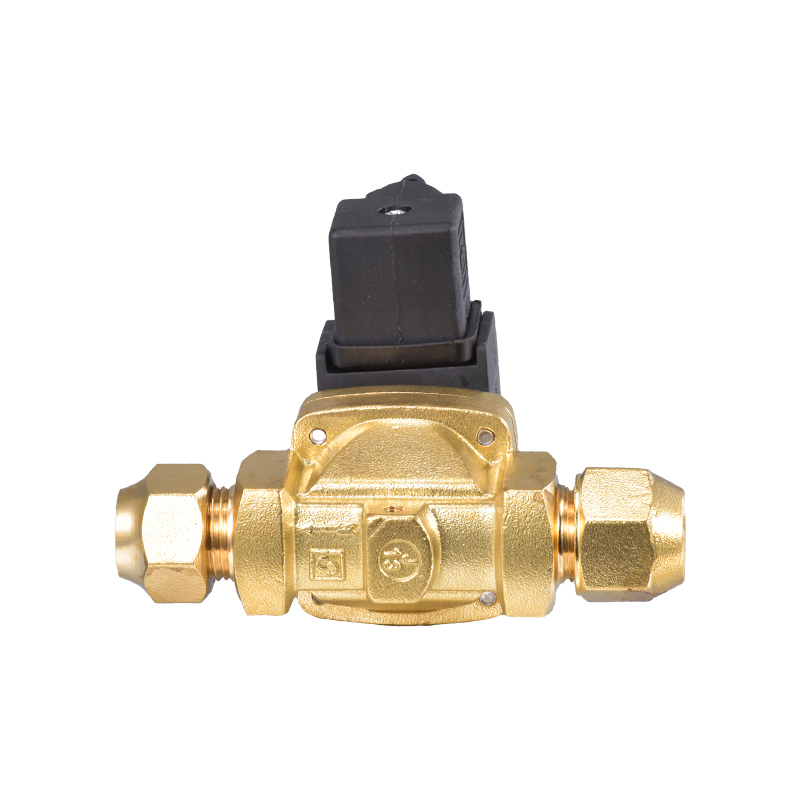
Another vital variant is the coolant solenoid valve, typically used in systems where refrigerants double as coolants, such as in automotive air conditioning or industrial machinery. The coolant solenoid valve controls the direction and volume of the refrigerant, ensuring that the cooling process is both efficient and safe. When integrated with sensors and programmable logic controls, these valves become part of a dynamic system that adapts to varying thermal loads in real time.
One of the main customer concerns when selecting an HVAC solenoid valve is reliability. These valves must withstand high pressures, temperature variations, and long duty cycles without failure. A malfunctioning valve can cause improper cooling, increased energy usage, or even compressor damage. To address this, manufacturers are now producing solenoid valves with corrosion-resistant materials, enhanced sealing technologies, and compact coil designs that reduce heat buildup and extend lifespan.
In household appliances, especially modern refrigerators, the refrigerator solenoid valve is responsible for managing refrigerant flow between different cooling compartments, such as the freezer and the fridge section. With multi-zone cooling becoming a standard feature in newer models, the refrigerator solenoid valve is vital for precise temperature regulation. These valves help maintain food safety by directing the right amount of refrigerant to each compartment based on usage patterns and temperature sensors.
The energy efficiency of a cooling system is heavily influenced by the performance of its coolant solenoid valve. By regulating refrigerant flow accurately, the system minimizes compressor cycling and reduces energy waste. This is especially important in larger systems such as commercial air conditioning units or data center cooling networks, where even small improvements in efficiency can cause significant cost savings over time.
Maintenance is another key area of concern for both facility managers and homeowners. Fortunately, most HVAC solenoid valve models are designed for easy replacement, with standard fittings and modular designs. Regular inspection and replacement of worn-out coolant solenoid valves and refrigerator solenoid valves can prevent system downtime and extend the overall life of the equipment.
In the broader HVAC market, smart integration is becoming increasingly common. Today's HVAC solenoid valve can often be linked to digital control systems, allowing for real-time monitoring and predictive maintenance alerts. These advancements empower technicians to identify issues early and optimize performance without manual intervention.
Whether used in a commercial rooftop unit, an industrial chiller, or a household refrigerator, solenoid valves like the HVAC solenoid valve, coolant solenoid valve, and refrigerator solenoid valve are essential components that ensure refrigerant flows efficiently, safely, and precisely. As cooling systems continue to evolve, the importance of selecting high-quality, reliable solenoid valves becomes increasingly clear for anyone aiming to enhance performance and reduce long-term operational costs.




 English
English русский
русский Deutsch
Deutsch
